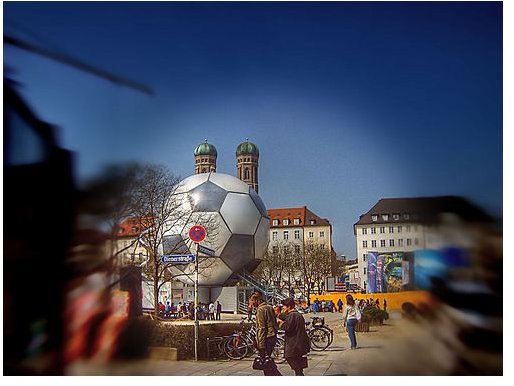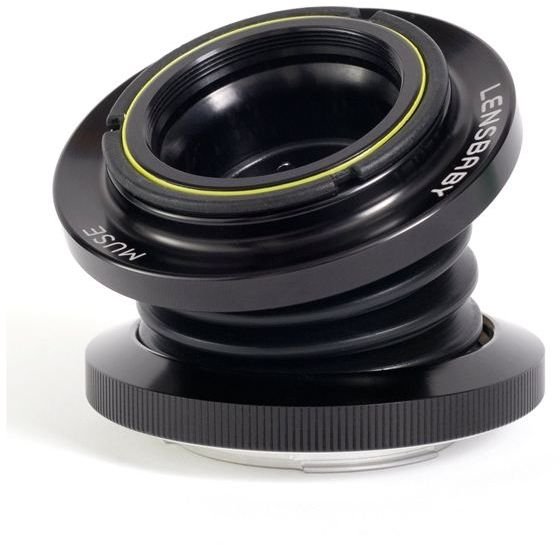Experimental Photography Techniques: Taking Creative Photos
Correct vs. Creative Exposures
When getting started in photography, the first thing to do is to learn to take correct exposures. Get the correct amount of light in so that the photo is neither too light nor too dark. Follow the rule of thirds and other composition techniques to make the photograph visually interesting. By following the free digital photography tutorials available on this site, you’ll soon be able to capture technically perfect photos.
But what if a technically perfect photograph isn’t what you’re looking for? Many times, photographers will deliberately break the rules in order to make a photograph more interesting. Sometimes that means deliberately blurring either part of or all of a photo, either physically or with photo editing software, such as Photoshop or Paint Shop. Sometimes it means finding a strange angle to shoot from. Let’s look at some of the experimental photography techniques that photographers use to seek more creative exposures.
Blurred Photos
Blurred photos are popular enough that there are even special lenses made specifically to get this effect - the Lensbaby series. A Lensbaby puts one area of the photo in sharp focus and diffuses the rest of the picture, drawing attention to one spot.
Of course, photographers were experimenting with these techniques long before special lenses were available. Simply smearing Vaseline on your lens filter can give much the same effect. (Note: if you try this, be sure to put the Vaseline on a cheap filter, NOT directly on the lens!)

Naturally, the effects can be simulated in Photoshop as well, although many photographers believe they get better results using hardware. The photo to the right was taken with a regular lens, then modified using Photoshop to get an exaggerated Lensbaby effect.
Unique Viewpoints
It can be difficult to photograph a popular attraction from an angle that many people haven’t already tried. What if you tied your camera to a kite?
This is actually not as crazy as it sounds. With a heavy-duty kite and a solidly constructed camera housing, you can actually avoid putting your camera too much at risk. Granted, you’re probably going to want to use a light pocket camera rather than your expensive DSLR!
Not the kite type? Look for places to photograph from that most people wouldn’t go to the trouble of getting access to. If there’s a tall building nearby, for example, could you gain access to the roof and use a telephoto lens? Is there a way to get underneath your subject? If your subject is next to a lake or other body of water, could you shoot from in, or even underneath, the water? By making the effort other people won’t, you’ll get the shot that other photographers won’t!
More Experimental Photography Techniques
Obviously, these two techniques barely scratch the surface of what you can do when you get creative. Use extra-long exposures to remove anything moving from the photograph. Use a flashlight and a long exposure to write in the air. Capture something in the act of shattering. Print your photos on things other than paper. The possibilities are limited only by your imagination.
For more ideas, check out the book The Wild Side of Photography, published by Rocky Nook; it covers the experimental photography techniques discussed here, and many more.
